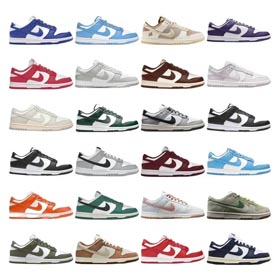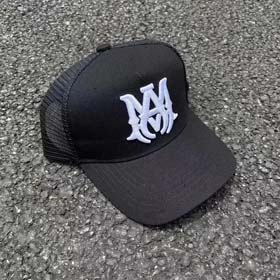Nike: A Global Powerhouse in the World of Sportswear
2025-04-06
Nike: A Global Powerhouse in the World of Sportswear
Nike, an indomitable force in the sportswear industry, has a story that is as dynamic and influential as the athletes it sponsors. The journey of Nike began in 1964 when Bill Bowerman, a track and field coach, and Phil Knight, his former student, founded Blue Ribbon Sports. Their initial goal was to import high - quality, low - cost athletic shoes from Japan and sell them in the United States.
At the time, the athletic shoe market in the US was dominated by European brands. Bowerman and Knight saw an opportunity to offer consumers a more affordable alternative without compromising on quality. They started by selling shoes out of the trunk of Knight's car at track and field meets. Their early product line mainly consisted of shoes from the Japanese brand Onitsuka Tiger.
In 1971, the company took a significant step. They commissioned Carolyn Davidson, a graphic design student, to create a logo. For a fee of just $35, Davidson designed the now - iconic Swoosh. The Swoosh was intended to represent the wing of the Greek goddess of victory, Nike. In the same year, the company also launched its first in - house designed shoe, the Nike Cortez. The Cortez was a game - changer. It featured a lightweight nylon upper and a waffle - patterned sole, which Bowerman had created by pouring rubber into a waffle iron. This innovative sole provided better traction and cushioning, making the Cortez a favorite among runners.
In 1978, Blue Ribbon Sports officially changed its name to Nike, Inc. The name change was a strategic move to fully embrace the brand identity associated with the Swoosh and the concept of victory. The 1980s were a period of rapid growth and innovation for Nike. In 1982, Nike aired its first national television commercial, titled "There Is No Finish Line." This ad campaign, which featured athletes from various sports, was a departure from the traditional sports - equipment advertising. It focused on the emotional connection between sports and the human spirit, rather than just promoting the product.
In 1984, Nike signed a young and relatively unknown basketball player named Michael Jordan. This was a pivotal moment in Nike's history. The Air Jordan line of shoes was launched, which combined cutting - edge technology, such as air - cushioning in the sole, with stylish designs. The Air Jordan shoes not only revolutionized the basketball shoe market but also became a cultural phenomenon. They were worn not just by basketball players but also by people on the streets, transcending the boundaries of sports.
Throughout the 1990s and 2000s, Nike continued to invest heavily in research and development. They introduced technologies like Nike Air Max, which made the air - cushioning in the shoes visible, and Flyknit, a lightweight and breathable fabric for shoe uppers. Nike also expanded its product range beyond shoes to include apparel and accessories.
Nike's marketing strategies have also been a key factor in its success. The brand has sponsored numerous top - tier athletes, sports teams, and major sporting events around the world. The "Just Do It" slogan, introduced in 1988, has become one of the most recognizable and inspiring marketing taglines in history. It encapsulates Nike's brand philosophy of encouraging people to overcome challenges and pursue their athletic goals.
Today, Nike is a global brand with a presence in almost every corner of the world. Its products are not only worn by professional athletes but also by fitness enthusiasts and those who appreciate stylish and functional sportswear.
For more information about Nike and to explore its latest products, visit VipFinds.net.



















